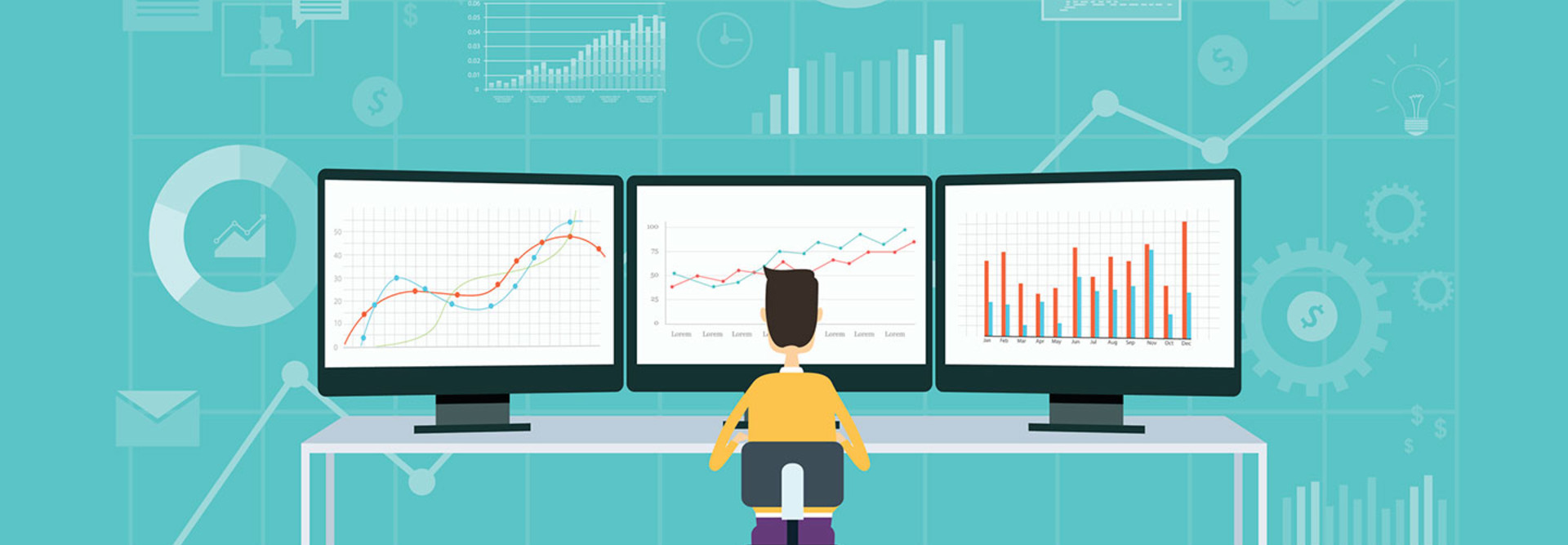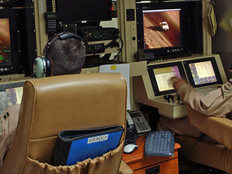Why IoT Deployments Require Investments in Infrastructure
Let’s start with a serious number: $35 billion.
That’s how much money the federal government spent on the technology broadly classified as the Internet of Things from 2011 to 2015, per Business Insider. In the mainstream press, IoT is regularly depicted as Internet-connected washers and dryers or fitness trackers. But, as the $35 billion figure illustrates, agencies are taking IoT seriously and putting it to more practical uses.
Consider the General Services Administration. Leaders there, as far back as 2012, adopted a smart buildings approach and relied on IoT and a network of sensors to better monitor electricity and water consumption. The data the sensors provided was a fine point on problems such as wasteful utility usage.
IT staff there then began reminding employees to turn off their computers and lights for long weekends and federal holidays to save electricity. As the technology evolved, GSA used the smart building sensors for additional applications. For example, some employees could swipe their ID badge and the building’s connected network would automatically turn on lights at their work space.
This may sound mundane, but it is just the beginning of how the government will operate in the future. Increased efficiency has become especially critical in a budget environment where every government dollar matters.
Today, agencies dream of using the sensors and other devices to complete a range of activities, from monitoring rivers to tracking the health of bomb-sniffing dogs. But agencies won’t be able to see wider adoption of IoT or the evolution of more innovative applications without the proper infrastructure.
SIGN UP: Get more news from the FedTech newsletter in your inbox every two weeks!
Invest in Data Storage and Analytics Capabilities
As part of the data revolution, agencies rightfully want to take advantage of the opportunities that come with IoT devices. The first step is acquiring the devices, sensors and trackers to collect the data. That’s the easy part.
The initial layout also includes setting up secure wireless networks so these devices can do their jobs and not compromise the networks they’re working on.
Perhaps most important, admins should set up cloud storage and data warehouses to keep the information in one place. They’ll need the processing power for analytics and to discover the needle-in-a-haystack type of revelations that can change how agencies do business and operate on a day-to-day basis.
Without any of this hardware, agencies are left out of the game.

Once agencies have collected and stored the data, they will need the right software and apps to put the new information to use.
IT leaders should prepare for software that can extract the data from the devices. In addition, agencies will want to invest in analytics programs to uncover the insights it provides. Without it, any information from sensors and wearables, no matter how novel, is useless.
Securing IoT Devices Is Critical
Finally, agencies can’t forget about the security of the devices themselves. Like some printers and cameras, IoT devices have proved easy to hack because of simple built-in administrator passwords. Government leaders are still struggling with how to set guidelines for IoT devices. In late July, the Government Accountability Office raised questions about what IoT security loopholes could mean for the Defense Department. In one example, the watchdog agency feared hackers could use smart televisions to unknowingly listen to Defense Department officials.
For all the benefits of IoT, a significant security breach would be a devastating loss that could far outstrip any gains.
In a few short years, IoT has proved to be an incredibly valuable resource for agencies. The promise of the technology is potentially even more attractive. After all, it’s led to $35 billion in investment and value well beyond that in the future.
But without an initial investment in infrastructure now, the data revolution for agencies will be slow, if it takes place at all.









